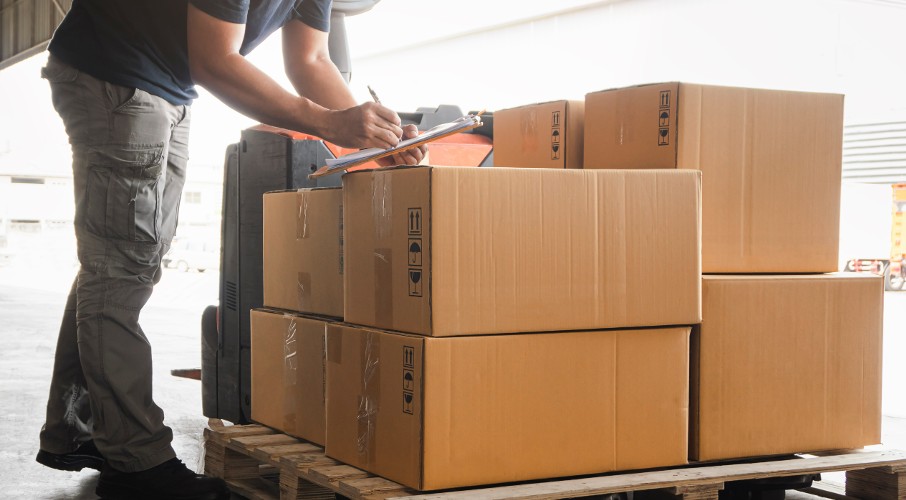Difference between finished goods and other inventory
The differences between finished goods and the two other types of inventory, raw materials and work in process (or work in progress), are their stage of production and the value they hold to the company.
Raw materials are the primary inputs used to make finished goods. In this stage, raw material inventory has been purchased but still sits untouched in the warehouse. It’s considered an asset equal to the amount paid for the materials.
Work in process (WIP) inventory is raw materials that have already undergone some amount of processing. The moment any changes have been applied, they are considered intermediate goods and work in process inventory.
Learn more about the work in progress inventory calculation.
Assigning WIP inventory may be disregarded if the manufacturing process is short. In these cases, a company can move raw materials directly to finished goods. However, if there’s a considerable length of time spent in production, it’s advised to consider these as WIP inventory.


















